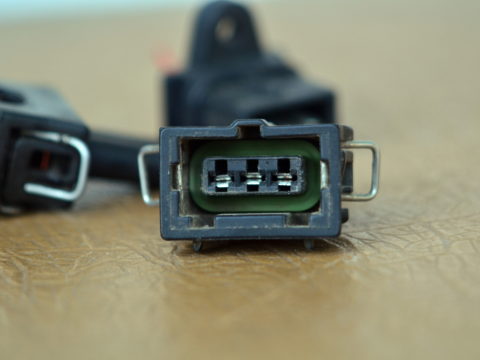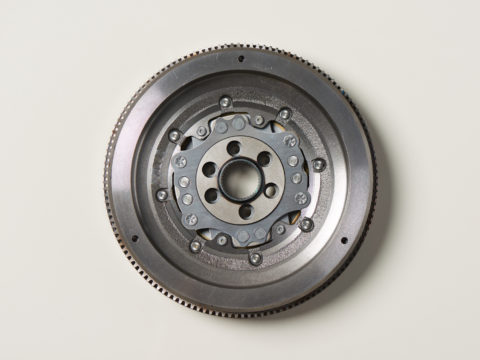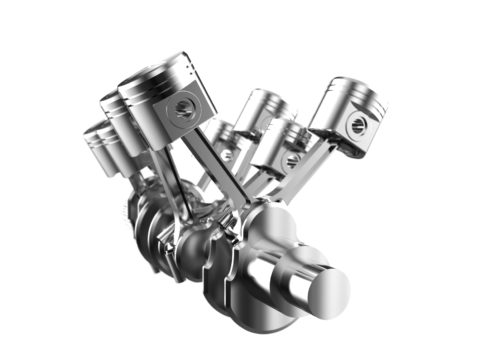First of all, what even is a motor mount… and how will I know if mine are on the fritz? How much is it going to cost me to replace them… and should I even bother?
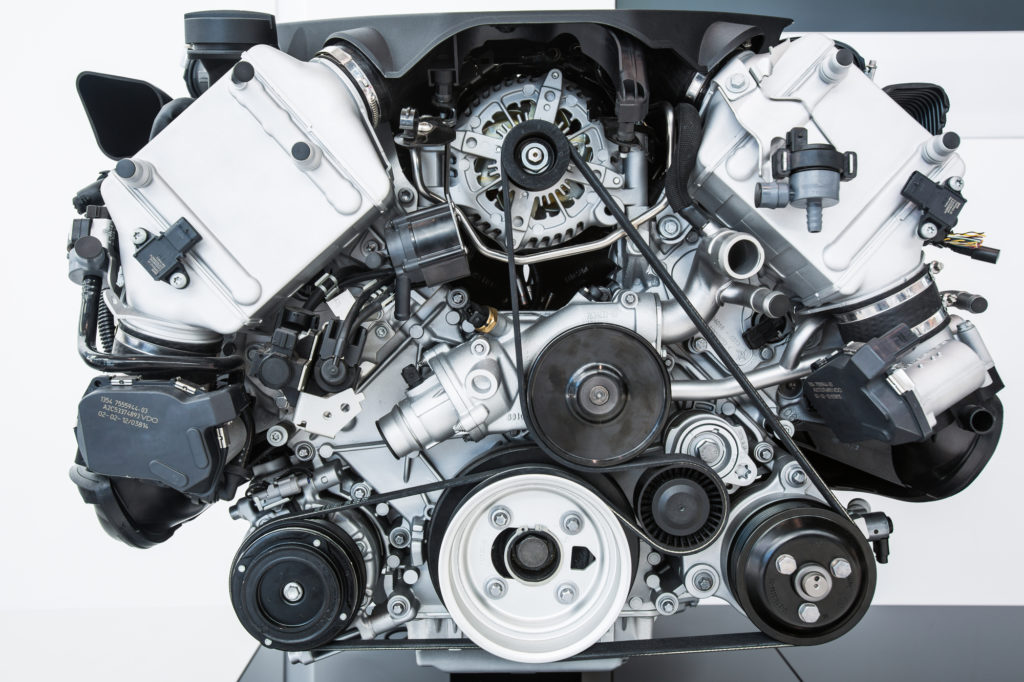
Contents
What’s the function of a motor mount?
Motor mounts – sometimes called engine mounts – are small components usually comprised of metal and rubber, which keep the engine fixed in place and prevent engine movement. There are different types of motor mounts, which are better suited to different vehicles traveling over different terrain.
Since the engine and transmission are bolted together, most vehicles will have three or four motor mounts holding them in place. There is usually one transmission mount and two or three engine mounts.
Bad motor mount symptoms
The good news? Motor mounts do not require regular maintenance. The bad news… after five years or so, they start to call it a day. There is no repairing broken motor mounts; you just have to go ahead and replace them. Here are a few symptoms of bad motor mounts that might help you guess when you need to replace them:
Engine Noises
One of the most common indicators of worn mounts is unpleasant impact noise coming from the car’s engine. Since it is no longer held securely in place, the entire engine is shifting position under the bonnet and banging against the side of its cradle.
Engine Tilting
Motor mounts fix the car engine in place and help to keep it aligned. If your car has a broken mount, you may find that the engine has begun to tilt. Listen for excessive vibration, or take a look under the hood. Too much of a tilt can cause the engine to flood, which is likely to lead to a breakdown.
Abnormal Vibrations
One of the most common symptoms of bad motor mounts is abnormal vibrations in your engine bay. Motor mounts fail when their rubber has worn away; without this, they are unable to hold the engine firmly in place. Driving with worn mounts, you are likely to feel your entire vehicle vibrating, which will be uncomfortable for you and your passengers.
Visible Wear
Pop the hood to check engine mounts for visual signs of wear and tear. Any change to the shape of the mount can affect your engine, so if you do spot any cracks or corrosion, take it as a sign that your mounts are functioning with limited efficiency, and it is time to replace motor mounts.
Rocky Start
Another sign of a failed motor mount is a violent lurch when you crank the engine. The lurch will probably settle into a steadier engine vibration, but not only is this an uncomfortable start to the trip, but it also isn’t good for the car either.
What causes motor mounts to go bad?
Motor mounts are going to go bad, simple as that. This can happen for a number of reasons:
Incorrect Installation
If even one engine mount has been installed incorrectly, it can put strain on the other mounts, leading to reduced efficiency. You can replace bad mounts yourself, but it is recommended that you take your car to a reputable professional for proper installation.
An Accident
Involvement in a collision or car accident might have caused internal damage to the car – including the engine and transmission mounts. Even a slight shift in position could potentially put extra strain on them, which might make them wear out faster.
Driving Techniques
You might have to replace engine mounts more often if you are prone to driving techniques that add extra strain to the mount. Over-revving the engine and gears or failure to use the clutch correctly can limit the lifespan of motor mounts in even the most upscale car models.
Fluid Leaks
If your vehicle uses rubber mounts, then any fluid in the engine bay could cause the rubber to soften and eventually disintegrate. For this reason (and many others), if you notice a fluid leak, you should take your car to be checked by a professional.
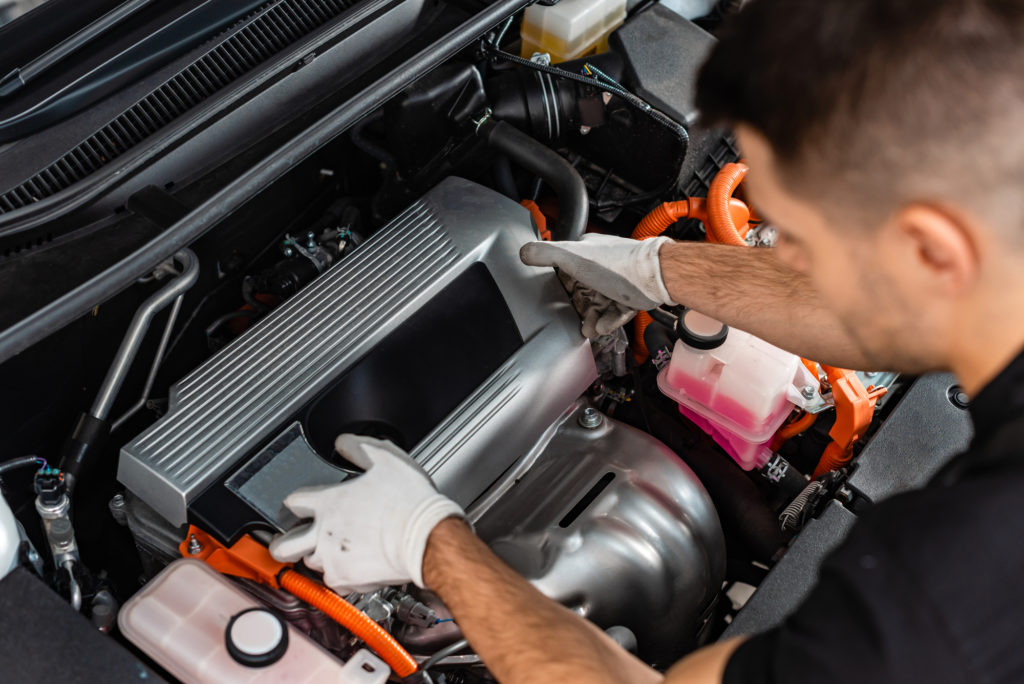
How common is it for engine mounts to break?
An engine mount is less likely to break so much as it wears away. The rubber will lose elasticity and disintegrate over time, and the metallic portion of the engine mount will begin to wear down. It is common for bad engine mounts to need replacing every 5+ years.
Unnecessary breakage can be brought on by slamming your feet on the pedals and over-revving the gears.
How long do engine mounts last?
On average, motor or engine mounts are thought to last approximately five to seven years or about 200,000 miles. The lifespan of your mounts will depend on how much you drive, on what sort of terrain, and the type of car and driving technique.
In some instances, the original motor mounts can last the full lifespan of the vehicle.
Should you do a temporary motor mount fix?
No. Failure to properly replace bad motor mounts is unsafe and can do more damage to the vehicle in the long run.
You should be able to drive the car to a point of safety if you avoid excessive movement or high speeds, then call for a professional to replace the bad engine mount.
Can you drive with a broken motor mount?
Driving with a broken motor mount is dangerous to yourself and other road users since a failing mount will no longer provide effective support for the engine. In some circumstances, undampened vibrations from a loose engine can lead to reduced control of the vehicle.
Failure to replace a bad engine mount is likely to cause further damage to the engine block and premature wear to other components forced to compensate for the motor mount issue.
Average engine mount replacement cost
The average cost tends to fall between $100-$800. Sourcing a cheap replacement and changing it yourself will save labor costs, but if you do it wrong, it will cost more to repair in the future.
The upper end of this range includes having a professional inspect the damage and install the new component correctly. Of course, the model and availability of parts will affect the price.

